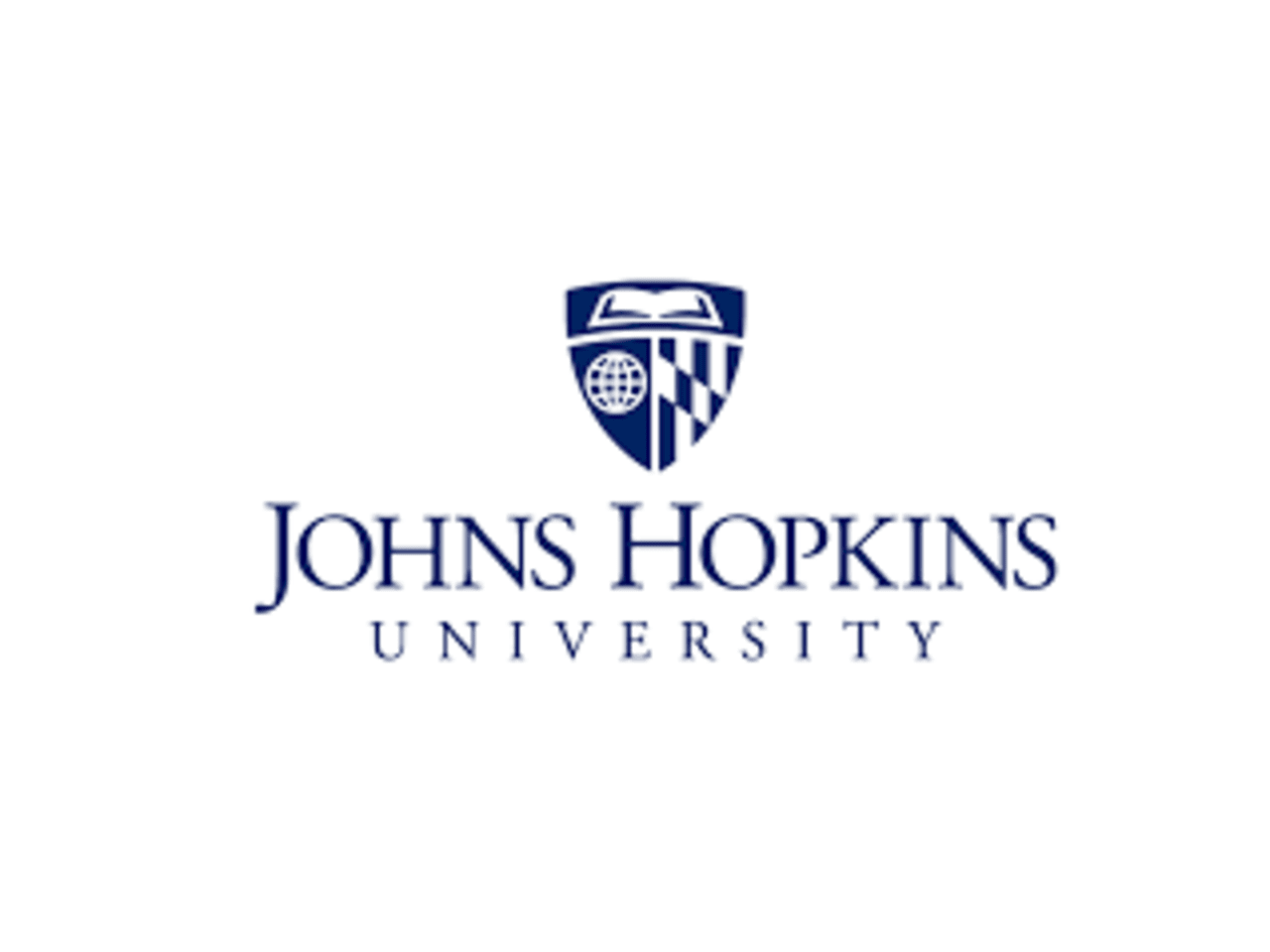11 Summer Engineering Programs for High School Students in California
For high school students in California interested in engineering, summer programs offer a way to explore how things are designed, built, and improved. These programs allow you to explore areas such as mechanical design, electrical circuits, robotics, computer engineering, or sustainable energy systems.
Many programs are hosted by top engineering schools across the state and feature team challenges, research projects, and mentorship from experts. Whether you’re coding, 3D modeling, analyzing data, or prototyping designs, these experiences help you build technical skills and gain a clearer sense of potential college and career paths.
With that, here are 11 summer engineering programs for high school students in California!
1. Veritas AI
Location: Virtual
Cost: Varies depending on program type. Need-based financial aid is available for AI Scholars. You can apply here.
Program Dates: Multiple 12-15-week cohorts throughout the year, including spring, summer, fall, and winter.
Application Deadline: On a rolling basis. Spring (January), Summer (May), Fall (September), and Winter (November).
Eligibility: Ambitious high school students located anywhere in the world. AI Fellowship applicants should either have completed the AI Scholars program or exhibit experience with AI concepts or Python.
Veritas AI, founded and run by Harvard graduate students, offers programs for high school students who are passionate about artificial intelligence. Students who are looking to get started with AI, ML, and data science would benefit from the AI Scholars program. Through this 10-session boot camp, students are introduced to the fundamentals of AI & data science and get a chance to work on real-world projects. Another option for more advanced students is the AI Fellowship with Publication & Showcase. Through this program, students get a chance to work 1:1 with mentors from top universities on a unique, individual project. A bonus of this program is that students have access to the in-house publication team to help them secure publications in high school research journals. You can also check out some examples of past projects here.
2. NASA OSTEM High School Internship Programs
Location: Various NASA centres across the U.S. (some virtual roles may be available)
Cost/Stipend: Free; paid and unpaid internships available
Program Dates: Fall: September – December | Spring: January – May | Summer: May/June – August
Application Deadline: Fall: May 16 | Spring: September 12 | Summer: February 27
Eligibility: U.S. citizens, high school students (16+), 3.0 GPA minimum
NASA’s Office of STEM Engagement gives students the opportunity to contribute directly to NASA’s scientific and engineering missions by working alongside teams at NASA centers. Interns might assist in developing software for spacecraft, analyze atmospheric data from satellites, or help design components for robotic systems. Participants also attend professional development workshops that focus on scientific writing, technical presentations, and collaborative teamwork.
3. Lumiere Research Scholar Program
Location: Remote — you can participate in this program from anywhere in the world!
Cost: Varies depending on program type
Application Deadline: Varying deadlines based on cohort.
Program Dates: Varies by cohort: summer, fall, winter, or spring. Options range from 12 weeks to 1 year.
Eligibility: You must be currently enrolled in high school and demonstrate a high level of academic achievement.
The Lumiere Research Scholar Program is a rigorous research program tailored for high school students. The program offers extensive 1-on-1 research opportunities for high school students across a broad range of subject areas that you can explore as a high schooler. The program pairs high school students with Ph.D. mentors to work 1-on-1 on an independent research project. At the end of the 12-week program, you’ll have developed an independent research paper! You can choose research topics from subjects such as psychology, physics, economics, data science, computer science, engineering, chemistry, international relations, and more. You can find more details about the application here.
4. Science and Engineering Apprenticeship Program (SEAP)
Location: Various DoN laboratories across the U.S.
Cost/Stipend: Free; stipend: $4,000 (new participants) | $4,500 (returning participants)
Program Dates: 8 weeks during the summer
Application Deadline: November 1
Eligibility: U.S. high school sophomores, juniors, and seniors who are at least 16 years old
SEAP places students in Department of Navy laboratories where they actively support research initiatives in disciplines like marine biology, electrical engineering, and computer modeling. Under the guidance of professional scientists and engineers, participants assist with experimental setups, collect and analyze data, and use advanced laboratory tools and software. Weekly progress meetings help students refine their problem-solving and technical communication skills while exposing them to research ethics and scientific methodologies. The program also enables students to see how theoretical ideas learned in school are applied to solve real-world defense and engineering problems.
5. SIMR Bioengineering Team Internship
Location: Stanford University, Stanford, CA
Cost/Stipend: Free ($40 application fee, which can be waived) and a minimum of $500 stipend, students from underrepresented groups will be paid at least $1,500
Program Dates: June 9 – July 31
Application Deadline: February 22
Eligibility: Current high school juniors or seniors as of January; at least 16 by the start of the program
The SIMR Bioengineering Team Internship brings together small teams of high school students to identify unmet medical needs and design functional prototypes addressing those issues. Participants collaborate in Stanford’s state-of-the-art bioengineering labs and maker spaces, where they learn to use 3D printers, laser cutters, and microcontrollers to build their devices. Alongside project work, students attend lectures covering topics like tissue engineering, biomechanics, and medical device regulation. The program concludes with a poster presentation, where each team shares its project and demonstrates how its engineering solution could be applied in healthcare settings.
6. Engineering Design Summer Institute at UCLA
Location: University of California, Los Angeles, CA
Cost: $2,881; financial aid is available.
Program Dates: Session A: June 23 – July 11 | Session B: July 14 – August 1
Application Deadline: June 13
Eligibility: Students in grades 9 – 11 who are at least 15 by the start of the program and have a cumulative GPA of 3.2 or higher for the Rovers and Go-Karts tracks or a cumulative GPA of 3.5 or higher for the Microcontrollers track
At UCLA’s Engineering Design Summer Institute, students dive into the engineering design process by tackling themed projects such as building autonomous robots, designing energy-efficient systems, or creating mechanical prototypes. You can select a track aligned with your interests, such as aerospace engineering with rockets, aerospace with planes, mechanical engineering with GoKarts, or electrical engineering with rovers. Faculty and teaching assistants provide workshops and one-on-one guidance as students troubleshoot design challenges and optimize their projects. The curriculum also includes sessions on engineering ethics and sustainability, helping students understand the broader impact of their work.
7. Johns Hopkins CTY Summer Programs at LMU
Location: Loyola Marymount University, Los Angeles, CA
Cost: Varies according to the course, but typically between $3,149 and $7,501; need-based financial aid available
Program Dates: Session 1: June 22 – July 11 | Session 2: July 13 – August 1
Application Deadline: May 16
Eligibility: Requirements vary based on the CTY course, but applicants should have demonstrated academic ability through qualifying or standardized test scores
At Loyola Marymount University, the Johns Hopkins Center for Talented Youth (CTY) offers intensive STEM courses designed to challenge and engage high school students. Participants enroll in courses such as Principles of Engineering Design or Fast-Paced High School Physics, where they create projects, conduct experiments, and develop technical skills like circuit design or motion analysis. Classes combine lectures, group discussions, and lab work, encouraging students to think critically about scientific concepts and apply them creatively. Students also participate in collaborative projects that simulate real-world engineering or research challenges.
8. USC Dornsife’s Young Researchers Program
Location: University of Southern California, Los Angeles, CA
Cost/Stipend: Free; students must arrange their own transportation to USC, but LA Metro passes are provided. U.S. students earn a $300 stipend.
Program Dates: June 16 – July 25
Application Deadline: March 31
Eligibility: Rising high school seniors in the Los Angeles, Lynwood, Compton, or Inglewood school districts
The Young Researchers Program offers high school seniors from select Los Angeles school districts the opportunity to conduct research in USC labs under the guidance of faculty and graduate student mentors. Participants choose from disciplines such as environmental science, biomedical engineering, or neuroscience and participate in daily lab activities, including running experiments, analyzing datasets, and troubleshooting technical issues. Alongside lab work, students attend workshops on college readiness, science communication, and STEM career pathways. The program also includes field trips to places like Catalina Island and NASA’s Jet Propulsion Laboratory, where you can see science in action.
9. Sally Ride Science Academy
Location: University of California, San Diego, CA; some programs are offered virtually
Cost: Fees range from $175 to $450 per course. Scholarships available.
Program Dates: 4-day sessions are held every week between July 7 – 25; available courses differ from week to week; students can choose only one course per week.
Application Deadline: Typically in May
Eligibility: Open to all high school students
The Sally Ride Science Academy offers brief, specialized workshops in various subjects, including astronomy, biology, engineering, robotics, coding, data science, and digital design psychology. Each workshop combines lectures with practical projects, such as coding simple robots, analyzing astronomical data, or designing prototypes using digital tools. This program provides both in-person and online workshops led by faculty at UC San Diego.
10. California State Summer School for Mathematics and Science (COSMOS)
Location: Residential at UC Davis, UC Irvine, UC Los Angeles, UC San Diego, or UC Santa Cruz
Cost/Stipend: $5,300; financial aid available for eligible CA students
Program Dates: July 6 – August 1 (UCI, UCSD) and July 6 – August 2 (UCD, UCLA, UCSC)
Application Deadline: February 7
Eligibility: High school students in grades 8–12 who are California residents or enrolled in a California school
COSMOS invites high school students to join a four-week residential program at one of several University of California campuses. Participants choose a cluster focused on a specific STEM topic, such as robotics, nanotechnology, or environmental engineering, and spend their days in lectures, labs, and team-based projects. Students utilize tools such as 3D printers, CAD software, and engineering kits to create and test their prototypes or experiments. Past projects include designing solar-powered water systems, building small-scale bridges, and coding autonomous drones. This program is highly selective, accepting only 5 to 8 students out of every 100 applicants.
11. Summer Engineering Seminar (SES) at Santa Clara University
Location: Santa Clara University, Santa Clara, CA
Cost/Stipend: Free
Program Dates: Session 1: July 13 – 17 | Session 2: July 20 – 24 | | SES Advanced (for returning students): July 27 – 31
Application Deadline: March 31
Eligibility: High school sophomores and juniors by July, with priority for underrepresented students or those with limited prior engineering exposure
This week-long residential program introduces high school students to core engineering disciplines through a mix of hands-on workshops, lectures, and team-based design challenges. Participants delve into areas like civil, electrical, and mechanical engineering through projects such as building small robots, developing sustainable energy systems, or designing structural models. Sessions are conducted by Santa Clara University faculty and supported by current engineering students, offering mentorship and insights into college coursework. Participants also reside in dorms and participate in campus activities, gaining a firsthand look at college life.
Image source - John Hopkins Logo

